Introduction:
The facade of a building is a crucial element in architectural design. In recent years, architectural woven mesh has emerged as an innovative material and design element, revolutionizing building facades. This article explores the innovative applications of architectural woven mesh in building facades and how it brings unique aesthetic value and functionality to architecture.
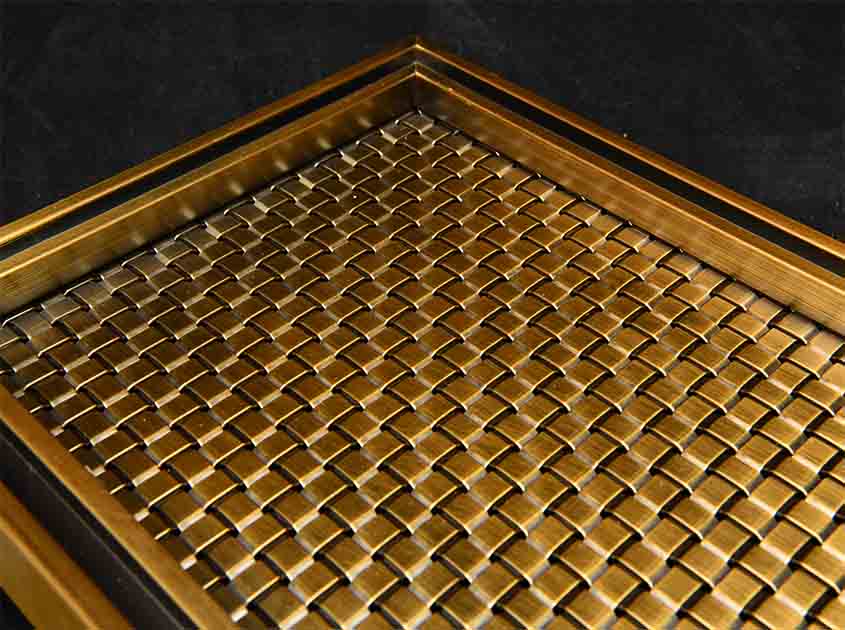
Part 1: Introduction to Architectural Woven Mesh
Architectural woven mesh is a versatile material composed of interwoven metal wires or fibers, creating a mesh-like structure. It offers a range of customization options in terms of patterns, densities, and materials, allowing architects to achieve unique and visually striking designs. Its flexibility and adaptability make it an ideal choice for enhancing the aesthetics and performance of building facades.
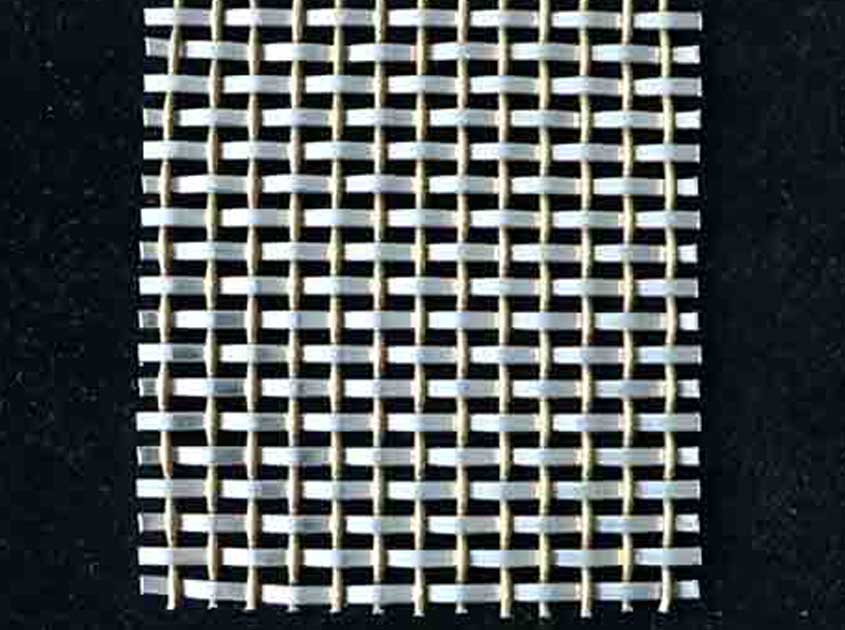
Part 2: Aesthetic Enhancements
Architectural woven mesh brings a new dimension to building facades by adding texture, depth, and visual interest. Its interplay of light and shadow creates dynamic and ever-changing patterns, adding a sense of movement to the facade. The transparency of the mesh allows for a seamless integration of the building with its surroundings, creating a harmonious and visually appealing composition. Architectural woven mesh also provides opportunities for artistic expression, enabling architects to incorporate intricate designs and patterns that reflect the building's purpose or cultural context.
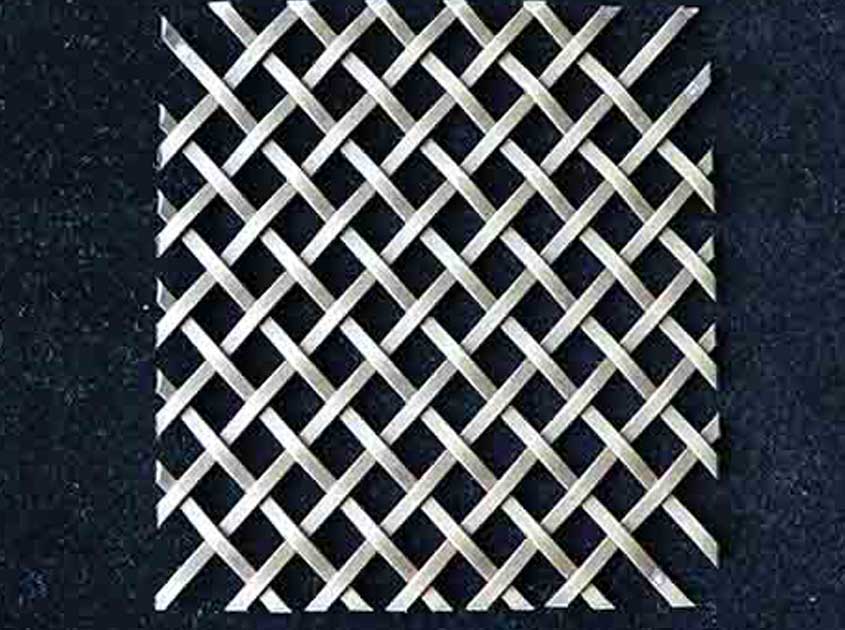
Part 3: Functional Advantages
Beyond its aesthetic appeal, architectural woven mesh offers practical benefits to building facades. It acts as a versatile sunshade, providing effective solar heat and glare reduction while allowing natural light to filter through. The mesh also enables natural ventilation, promoting airflow and improving the overall comfort of the building's interior. Additionally, it can serve as a privacy screen, offering occupants the desired level of privacy without compromising views or natural light.
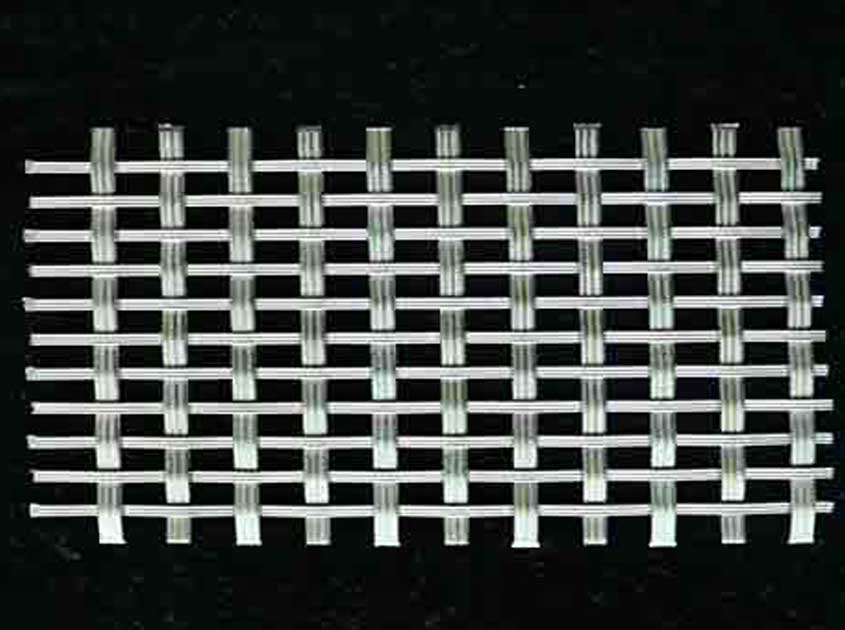
Part 4: Innovations and Case Studies
Architectural woven mesh has sparked numerous innovations in building facades. Examples include the use of responsive woven mesh that adapts to changing weather conditions, allowing for optimized shading and energy efficiency. Other innovative applications include the integration of LED lighting within the mesh, transforming the facade into a dynamic and interactive display. Case studies such as the Elbphilharmonie in Hamburg, Germany, and the Qatar National Convention Center showcase the creative use of architectural woven mesh to enhance the visual impact and functionality of their facades.
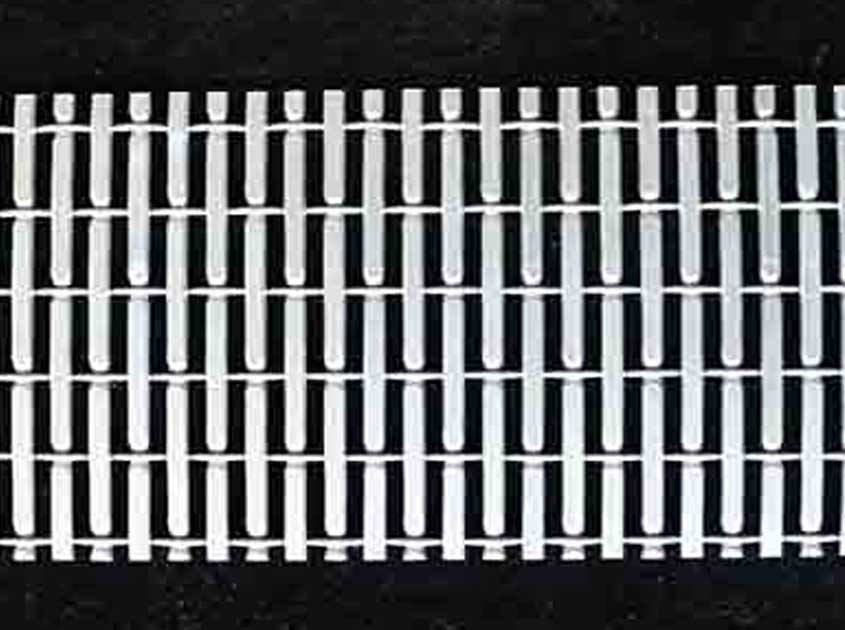
Conclusion:
Architectural woven mesh represents a significant innovation in building facades, offering a harmonious fusion of aesthetics and functionality. Its ability to enhance visual appeal, provide solar shading, promote natural ventilation, and offer privacy makes it an invaluable tool for architects. As the exploration of architectural possibilities continues, architectural woven mesh is poised to redefine and shape the future of building facades, creating iconic structures that are both visually stunning and functionally efficient.
pre:The Artistry of Architectural Woven Mesh in Contemporary Architecture
next:The Intersection of Form and Function: Architectural Woven Mesh in Architecture
© 2025 Joinwin Architectural Wire. All Rights Reserved. | Sitemap
Recommended Read
Unique architectural metal decorative mesh adds charm to your project
Metal woven mesh is widely popular due to its unique design, high strength, durability and functionality.